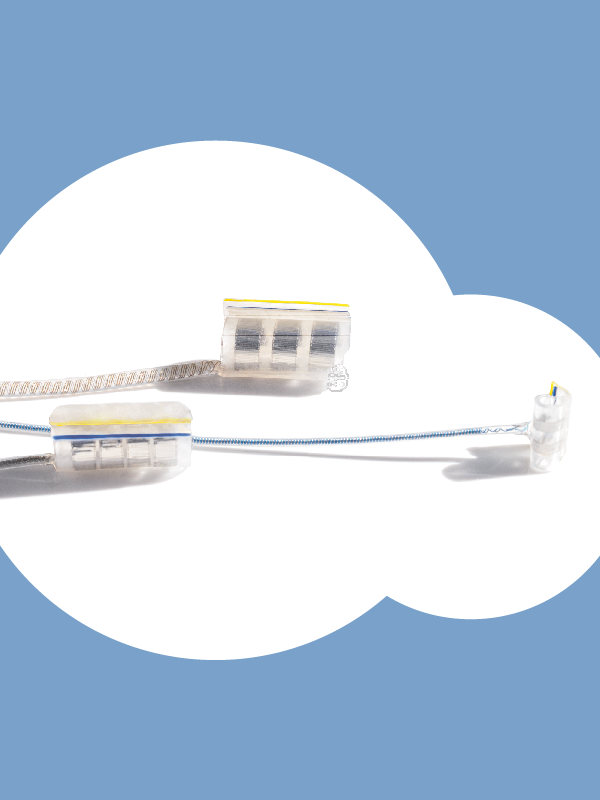Inflammatory reactions are supposed to eliminate pathogens in our bodies. Unfortunately, they sometimes get out of control, eventually causing more serious damage than the pathogens themselves. Such overshooting inflammatory responses are, for example, one of the causes for severe cases of the Covid-19 disease, but also frequently occur in other inflammatory diseases that often become chronic, such as rheumatism.
The vagus nerve is part of the parasympathetic system and thus a counterpart of the well-known, activating sympathetic system. It serves not only to calm us down in general, e.g. by reducing heart rate and lowering blood pressure, but also has a soothing influence on inflammatory processes. An approach of bioelectronic medicine has been to try and exploit this effect by stimulating the vagus system to bring excessive inflammatory reactions under control. To elicit a specific anti-inflammatory effect, without influencing other organs and thereby causing undesirable side effects, it is helpful to specifically target nerve branches near the responsible end organ – which, in case of inflammation, is the spleen.
The companies Galvani Bioelectronics and GlaxoSmithKine have been exploring the approach of peripheral nerve stimulation for inflammation control in various animal models for quite some time. They have now taken a decisive step forward towards human application. In collaboration with the Royal Veterinary College of the UK, they established a large animal model that is very similar to humans: the pig. Both the anatomy – especially of the peripheral nerves – and the physiology of the pig are so similar to humans that the procedures established there can be easily transferred to humans. For this reason, the pig is already the gold standard for the last preclinical research phases in other diseases, e.g., of the cardiovascular system.
In an extensive study now published in PNAS, the research team successfully demonstrated the anti-inflammatory effect of peripheral nerve stimulation near the spleen in pigs, comprehensively characterized the effect and established the corresponding technical procedures. CorTec’s cuff electrodes have been instrumental in this endeavor.
This means that an application in humans is now within reach. Since the CorTec electrodes are also very well suited for human use and have actually already proven useful in several human pilot studies, the technological basis for corresponding new therapies is already in place.
You can find more User Stories here.
You are looking for a specific cuff Design for your next study? Check out our product page.
Citation:
Matteo Donegà, Cathrine T. Fjordbakk, Joseph Kirk, David M. Sokal, Isha Gupta, Gerald E. Hunsberger, Abbe Crawford, Simon Cook, Jaime Viscasillas, Thaleia-Rengina Stathopoulou, Jason A. Miranda, Wesley J. Dopson, David Goodwin, Alison Rowles, Paul McGill, Alex McSloy, Dirk Werling, Jason Witherington, Daniel J. Chew, Justin D. Perkins (2021): “Human-relevant near-organ neuromodulation of the immune system via the splenic nerve.“ Proceedings of the National Academy of Sciences May 2021, 118 (20) e2025428118; DOI: 10.1073/pnas.2025428118
